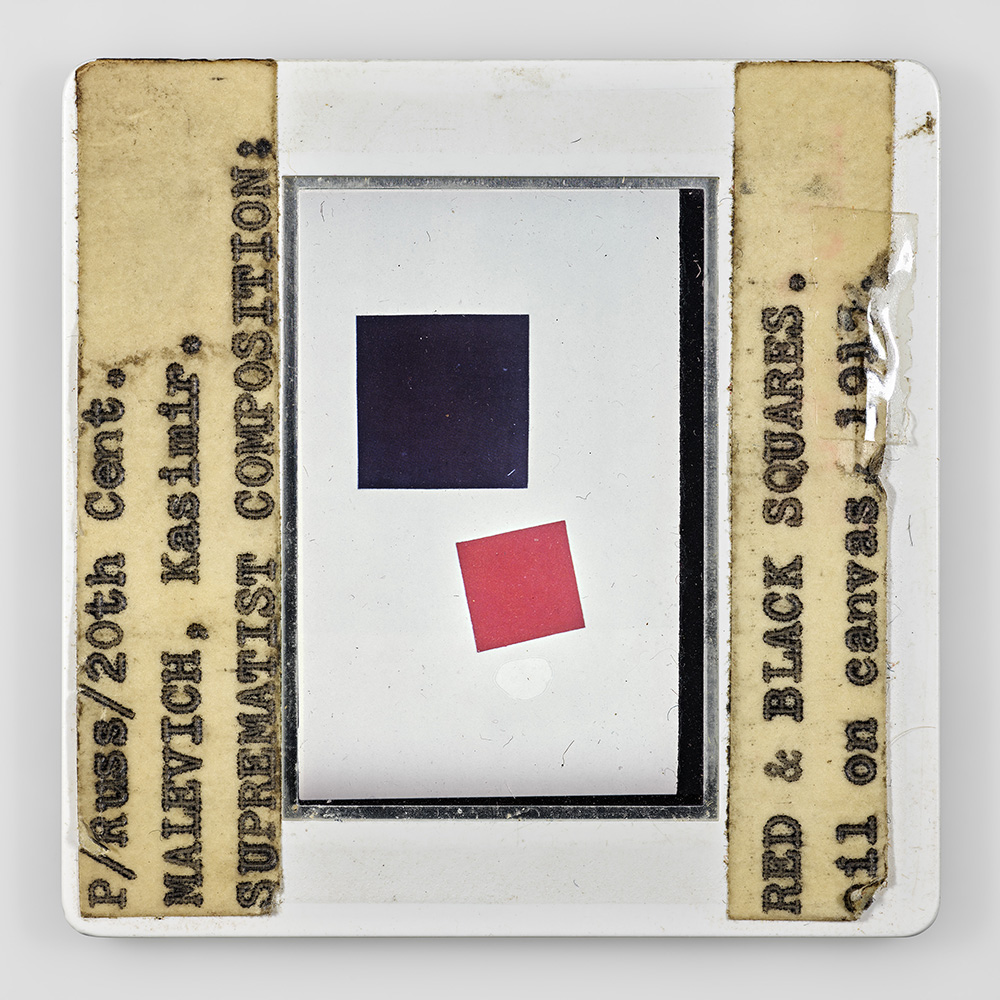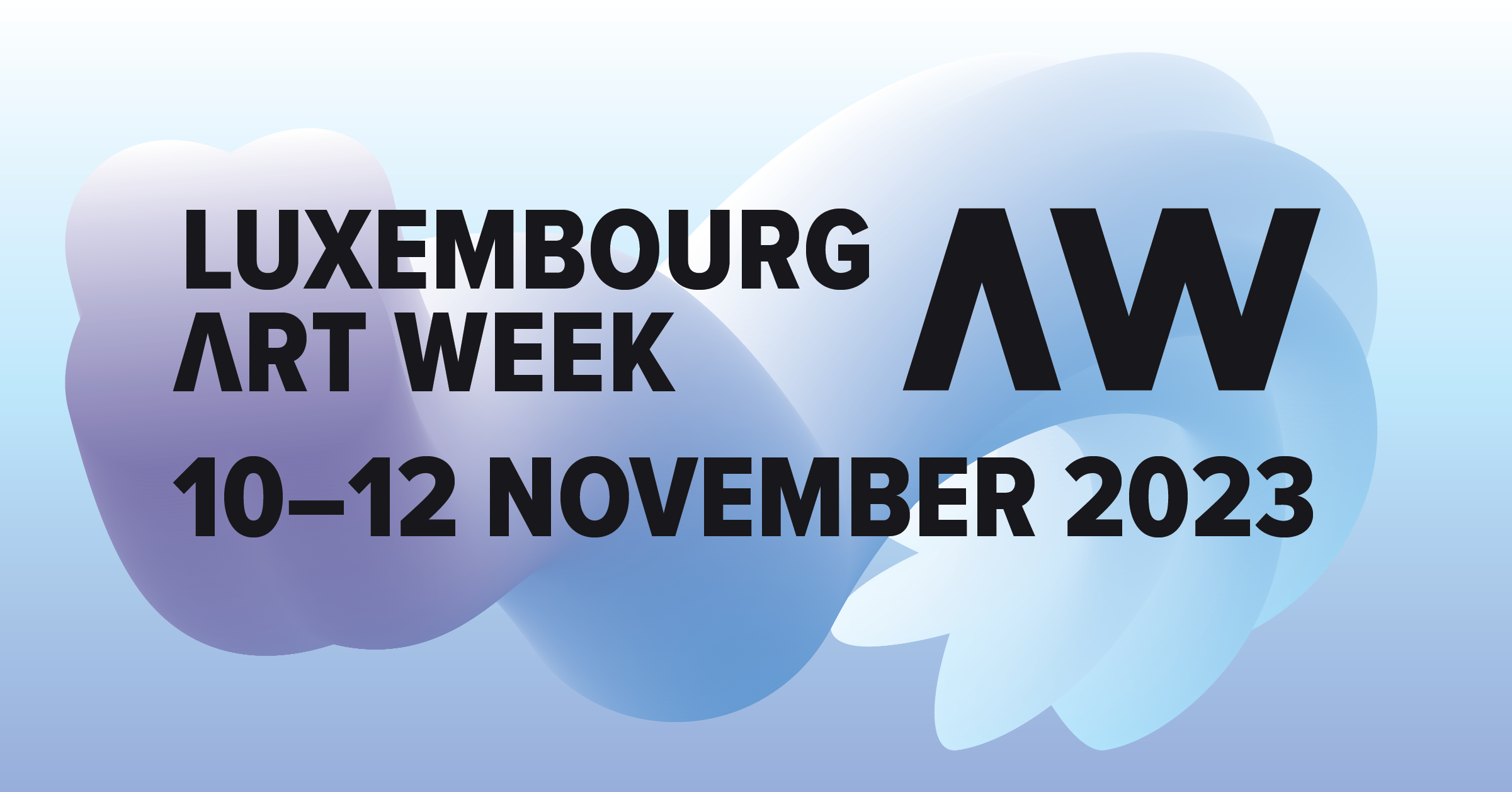Past
Luxembourg Art Week
Glacis square (Fouerplaatz) - booth C02
opening 11/09/2023
















Press release
For its first participation in Luxembourg Art Week, Galerie Dix9 presents a triogue with Leyla Cardenas (1974, Bogota), Nemanja Nikolic (1987, Belgrad) and Sebastian Riemer (1982, Dusseldorf) whose conceptual practice aims to give form to the abstract notion of time and rhythm.
A mid-career artist, Leyla Cárdenas explores reality in a sculptural gesture to spatialize and materialize time. Her works question urban ruins and abandoned spaces as indications of social transformations and lost memories. Like an archaeologist, she considers time by stratification and uses textile to reveal the layers of time. As textile is made of chains and weft, her photographies are printed on polyester silk that is then totally or partially unweaved to give form to the notion of time.
Nemanja Nikolic’s specific artistic approach is partly linked to his fascination with the seventh art. The references to cinema are contemplated by deconstructing, breaking down and visually analysing the rhythm, the composition and the music through relationships of color and form, sensory perception and intuition. The choice of abstract stylized and geometrical forms is inspired by early abstract and experimental films (from Richter to Duchamp). By decoding a film with his own visual vocabulary and langage, Nikolic omits any clear narrative reference, leaving the viewer to at will interpret and structure narratives from abstract images.
A rising figure of the « Dusseldorf School », Riemer questions the medium and scrutinizes the materiality of existing images that contain the strata of time. The image sources of the series « Girls » are photographs exposed a too long time in a window shop in Tel Aviv, so that they get burned by the sun. By an extreme enlargement, the artist reveals the peeling of the
photographic emulsion. The series « Stills » is made from slides that were once used for art history audience. The large scale ultra high resolution reproductions highlights the materiality and all the traces of time that were accumulated since then




